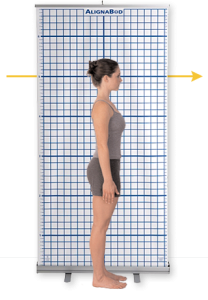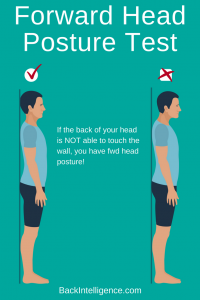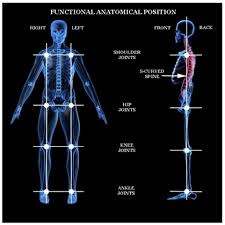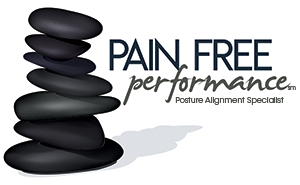
As Egoscue certified therapists, when we look at the body, we do not isolate it into individual bones or parts. We hear our clients when they identify the quality and site of their pain whether it’s knee pain, back pain, hip pain, or foot pain. This information is used as a tool to provide appropriate care for our client, but we continue to treat the whole body. In order to eliminate pain long term, we must work to correct the imbalance of the body as a whole unit.
When our client’s come to Pain Free Performance, we encourage them to “listen to their bodies”. This means to acknowledge when they have pain, to not complete exercises that bring on pain, and identify changes within their body after completing a musculoskeletal exercise.
In an Egoscue therapy session, we might encourage our client to stand with their backs against the wall and have their heels, hips, shoulders, and head touching the wall for two minutes. For some clients, not all of their body parts will be able to touch the wall in the beginning. During these two minutes, a client could feel that their body is falling forward, that the muscles behind their knee could be stretching, or they could notice that their head is forward. After two minutes of holding this exercise, we watch the client walk and ask them to consider if anything in their gait is different which could include:
Are they lighter on their feet?
Are they standing straighter?
Has their knee pain decreased?
Do they feel equal weight bear in both feet?
As therapists, we are looking for a change in the function of their body. We are assessing whether the exercise restored the client’s ankle function or created a lighter load in the client’s steps. In the beginning pain level or quality might not change, but it is through restored function of the musculoskeletal system that our clients will not only have improved posture, but improved quality of life without limitations. Balance and restored function of the musculoskeletal system are the key to becoming pain free.


